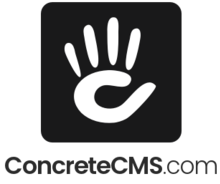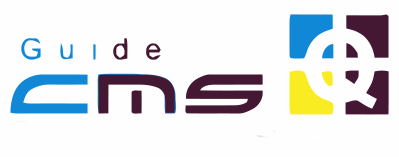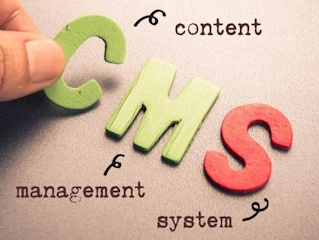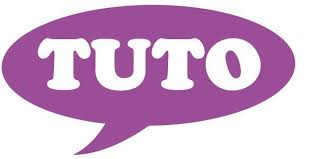
Concrete CMS: Detailed Technical Description
📅 Release Date
Concrete CMS was launched in 2008 under the name Concrete5 before officially rebranding to Concrete CMS in 2020 to better reflect its evolution.
📝 License
Concrete CMS is an open-source software under the MIT License, providing great flexibility for use and customization.
💻 Programming Language
Concrete CMS is primarily developed in PHP, with heavy use of JavaScript for dynamic front-end interactions.
🏛️ Architecture
- Modular and extensible architecture, based on a block system for flexible content management.
- Uses a pages and blocks system, where each page is made up of different content blocks (text, images, videos, forms, etc.) that can be independently modified.
- MVC (Model-View-Controller) structure for clear separation of data, logic, and display.
- In-line content editing (WYSIWYG), allowing users to modify page content directly from the front-end without accessing the back-office.
- RESTful API for easy integration with third-party applications.
📂 Database Support
Concrete CMS uses MySQL or MariaDB as its primary relational database.
⚙️ Main Features
✅ Simple and intuitive management interface for editing content and managing pages.
✅ Flexible block system to add various types of content to a page (text, images, videos, forms, etc.).
✅ User management with detailed roles and permissions.
✅ Multilingual support for content translation and page management.
✅ Customizable themes and templates to adjust the site’s appearance.
✅ Versioning system to track changes and revert to previous page versions.
🔥 Advanced Features
🚀 In-line editing (WYSIWYG) allows users to edit content directly on the page without accessing the back-end.
🔗 Block system to add new content types like forms, galleries, videos, etc.
📊 Built-in SEO tools to customize titles, descriptions, and metadata for each page to improve search engine rankings.
🔌 Integrated marketplace for downloading themes and extensions developed by the community.
📦 Extendable via plugins to add new features like e-commerce, forums, newsletters, and more.
💡 Advanced file and media management with tools for uploading and organizing content.
🔐 Security
🔹 User access controls with defined roles for each user and user group.
🔹 Protection against common attacks such as XSS, CSRF, and SQL injection.
🔹 Regular CMS updates to patch security vulnerabilities.
🔹 Native HTTPS support to secure connections between the site and users.
🔹 Form validation to protect sensitive data and prevent malicious entries.
✅ Pros and Cons
✅ Pros
✔️ Intuitive content management system with a simple-to-use WYSIWYG interface.
✔️ High modularity through blocks and plugins, making it easy to add functionality.
✔️ Multilingual with good content translation management.
✔️ In-line editing feature ideal for non-technical users.
✔️ Active community and a marketplace with many available themes and extensions.
❌ Cons
❌ May lack some advanced features natively, requiring additional extensions or plugins.
❌ Can be too heavy for very simple sites or for users seeking a quick solution with minimal customization.
❌ Less documentation compared to CMSs like WordPress, which may make it harder for beginners to get started.
❌ Managing large amounts of content can be challenging without proper optimization, especially for complex sites.
🌐 Official Website
Feel free to ask if you need more details on any specific aspect!



